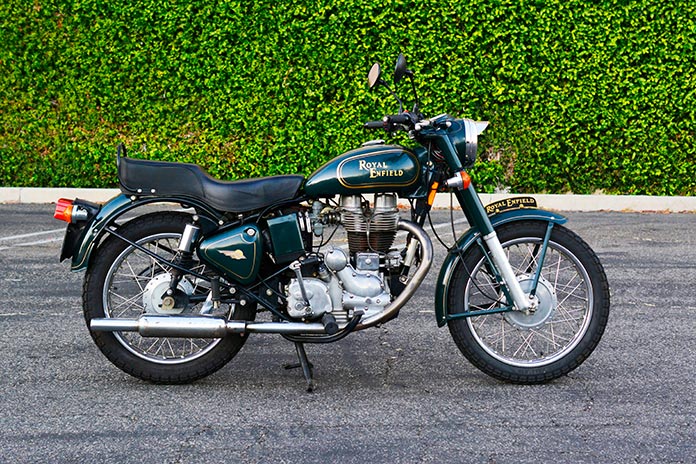
Why on earth did I recently pick up a 2006 “iron barrel” Royal Enfield Bullet 500? In a word, nostalgia.
The last bike I had to kickstart was a used 1970s Honda Trail 70 that I got on my 10th birthday. It was loud and burned oil, and I terrorized the neighborhood’s backroads at a blistering 30 mph. That bike was life, and it made me feel like Evel Knievel. Some of my friends’ parents thought I was a bad seed as a result, but I was just having fun and caught the adrenaline bug early (and some of the suit-wearing dads were probably jealous).
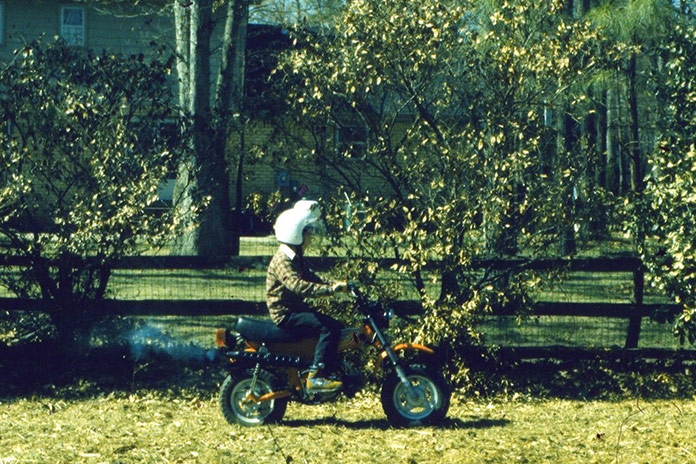
My first streetbike was a used 1989 Honda NT650 Hawk, which was fast in its day and a real performer, and I’ve craved that rush ever since. Fast forward to today, and I’m riding a supercharged Kawasaki Z H2 that doesn’t disappoint.
I guess I’m about to age myself, but it’s been 33 years since I last kickstarted a bike (at 15) and here I am kickstarting a streetbike in 2022 – a new-to-me 2006 Royal Enfield Bullet 500. That sounds fairly new, but these bikes are anomalies as they’re basically 1955 designs. India had strict tariffs for decades that kept foreign competition out, so there wasn’t an urgency to update what became a timeless design. It’s like a Volkswagen Beetle on two wheels.
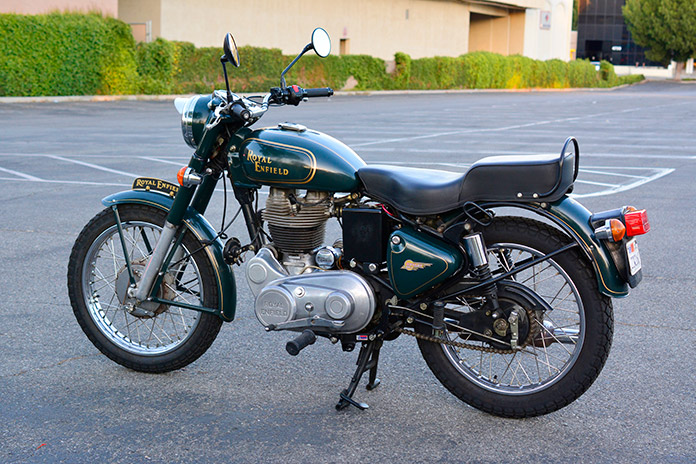
The first Royal Enfield motorcycle was built in 1901 by the Enfield Cycle Company of Redditch, England. In 1931, Royal Enfield introduced the Bullet, a single-cylinder motorcycle available in 350cc or 500cc displacements that was built in the UK until 1966. Like many other British manufacturers at the time, Royal Enfield suffered a slow, ignominious decline and finally went belly up in 1970.
Related: The Royal Enfield Story
In 1955, India’s Madras Motors was granted a license to build Bullets, and Royal Enfield India was established as an independent company. It thrived, outlasting its English cousin and growing into one of the world’s largest motorcycle manufacturers, headquartered on India’s southeastern coast in Chennai. Bullets were produced essentially unchanged for more than five decades until they were upgraded in 2008 to an all-aluminum unit construction engine (UCE) with fuel injection. Bullets continued to be produced until 2020. In 2022, the iconic Bullet styling was reborn in the Classic 350.
Related: 2022 Royal Enfield Classic 350 Review
Why Subject Myself to This?
The pre-UCE Bullet’s reputation is interesting; it’s a quirky, no-frills, underpowered bike with quality control issues and bizarre maintenance needs, but it’s also one of the most iconic models in history. In fact, it holds the claim as the longest-running motorcycle model in continuous production: 90 years, from 1931 to 2020. It beats the venerable Harley Sportster, which was produced for 66 years (1957-2022).
Related: Evo Sportster | End of an Era
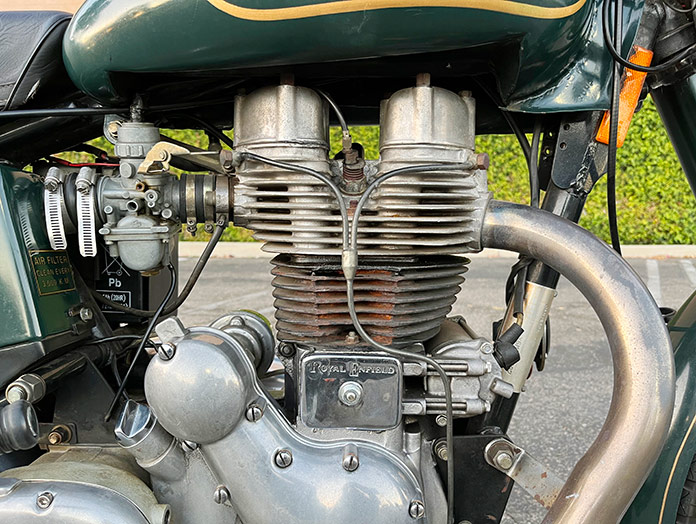
Technicalities aside, no other bike from the 21st century provides such an “old world” experience as an Royal Enfield Bullet with cast iron cylinder barrels in an aluminum head. Even Harley changed to all aluminum engines in the mid-1980s to keep up with foreign competitors. I just had to know why a traditional Bullet is such an icon. Or to think about it another way: What was it like riding in my grandfather’s day? (Hint: horrible.)
This particular bike is a solid runner, but it has multiple issues and took many nights in the garage to get it where it is today. There’s some piston slap (likely an issue with bearings), the timing gears are a bit worn, and the transmission is so sloppy that every gear change is a potential false neutral. Finding actual neutral is challenging enough that it could qualify as an Olympic event. Since operating this bike is more art than science, I wear old sneakers so I can really feel the shifter.

Kickstarting a bike that’s loud, obnoxious, and problematic takes me back to the Honda that my dad rolled into the kitchen when I thought a pair of shoes and jeans were my only 10th birthday gifts.
I’m Not Embarrassed
When I’m on my Kawi Z H2, I feel kinda cool. It looks futuristic, sounds amazing, and is almost always the fastest bike on the road. Only a handful of other naked bikes can compete – Ducati V4 Streetfighter, Aprilia Tuono V4, Triumph Speed Triple 1200 RS, you get the idea. It’s never about image and always about having fun, though on rare occasions I do pretend to be Batman (minus the cape). What can I say? When stopped at lights, people sometimes stare and even ask questions. It’s just one of those bikes.
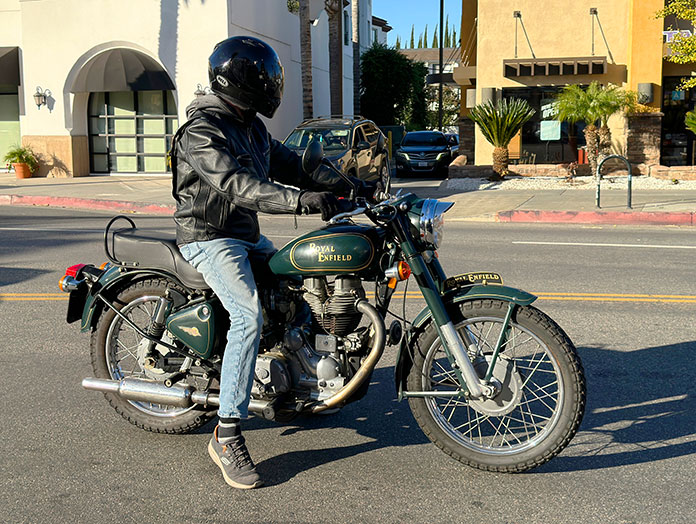
My Royal Enfield Bullet, however, elicits different kinds of stare. Some people think I’m broke and desperately trying to get somewhere on an old, loud, crappy bike. Others give me a nod of admiration. Some recognize it for what it is, while others simply appreciate vintage bikes – or a motorcycle built in 2006 that looks like it was built in 1955.
Related: 2010 Royal Enfield Bullet C5 Classic Review
Let’s back up for a second. Like I said, it’s not about image, but this bike just screams for attention. The exhaust is already loud, and there are rattles and knocks that would scare an antique chainsaw. When I can tune out the clatter and hear the distinctive thumping of the 500cc Single, however, it starts to make sense. There’s a legit icon underneath the proverbial rust (although there’s some real rust too). The noise tends to quiet down in 4th and 5th gears, and having a sense of what bikes were like in the mid-20th century is kind of cool. When parked, I’m amazed that so much ruckus can come from such a small bike. It’s like a rabid chihuahua.
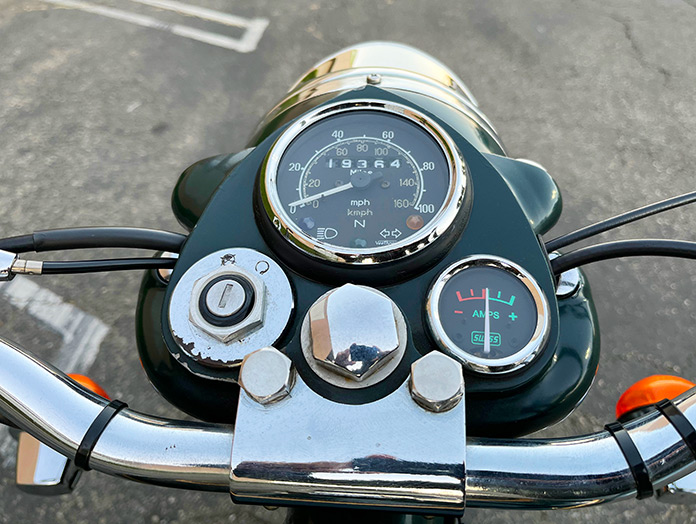
Riding the Mean Streets of L.A.
Los Angeles is an interesting place to ride. Some of the best motorcycling roads are located within reach – the Pacific Coast Highway, all the legendary Malibu roads (Mulholland, Latigo, Piuma, Stunt, Decker, etc.), and the Angeles Crest Highway, to name drop just a few. But cruising through the city is a different experience entirely. Traffic is notoriously bad, as are the drivers, but a bike like the Bullet 500 is designed for this. Have you ever seen the chaotic car, motorcycle, bicycle, pedestrian, and animal traffic in India? It’s pure mayhem.
That said, I’ve never ridden a streetbike like I do the Bullet. I’m more focused on engine noise and when to shift and am hesitant to exceed 50 mph as the engine complains in no uncertain terms. I already feel like a hospice caregiver forcing my patient to jog, so pushing it to a sprint is probably ill-advised.
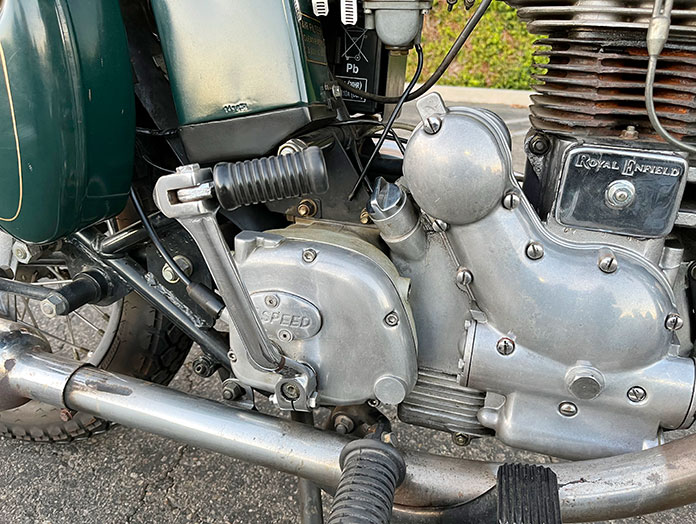
Let’s start on a typical cold November morning. The kickstand is missing, so it’s a centerstand-only affair, although that’s ideal for kickstarters. The bike originally came with a points ignition system, but somewhere along the line it was upgraded to an electronic ignition. That’s a more reliable system but negates a traditional way to kickstart the bike. You want the piston at top dead center, and with points, the ammeter (next to the speedometer) can signal this position. It doesn’t work with an electronic ignition, so I just go by feel and when it seems close enough. I’ve reached a point where it starts within three kicks when cold. That sounds positively archaic, but prior to getting my Bullet truly road worthy, it could take 10 or even 15 minutes to start. I don’t care what kind of shape you’re in, that’s exhausting.
After a few minutes of questionable rattles and knocks, it’s warmed up and ready to roll. I maybe use 50% of the throttle as I again don’t want to push it, and that makes an already slow bike even slower. We’re talking about 23 hp (when new). There are drum brakes front and rear, so I plan stops accordingly as it’s like slowing a freight train.
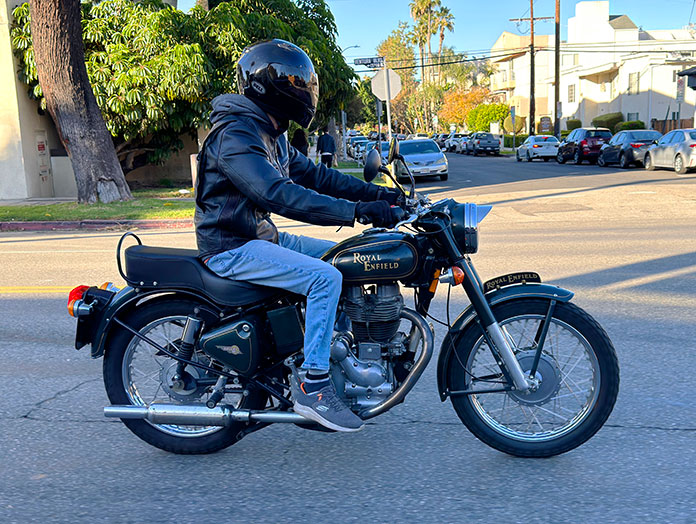
Lane splitting is easy as the bike is loud and narrow, but overtaking cars just isn’t a thing, and those ubiquitous pay-as-you-go electric Lime scooters can easily pass me. It’ll comfortably cruise at 50 mph and blend in as a bona fide motorcycle, though. Honestly, I’d be miserable if this was my only bike (see supercharged Kawasaki Z H2 above), but as a second or third bike, it’s entertaining, and I’m no longer concerned it’ll leave me stranded. It even handled a recent 25-mile ride like a champion asthmatic senior Great Dane with hip dysplasia.
Night Riding is a Lesson in Improvising
Everything works during the day (relatively), but things change after dark. The headlight turns on (you can also turn it off), but it draws too much power and tries to stall the bike. It’s an aftermarket unit and the battery charges fine, so I’m not sure if it’s an alternator thing or just the wrong third-party light. The speedometer doesn’t light up at all, although that’s likely just a blown bulb. Thankfully the motorcycle gods have left the neutral light intact because if that didn’t provide its faint green glow, the already difficult transmission would be nigh impossible to deal with. It’s important to ride this bike often to keep it healthy, as even parking it for a week can cause issues, including oil settling (called wet sumping). Therefore, I’m forced to ride at night on occasion.
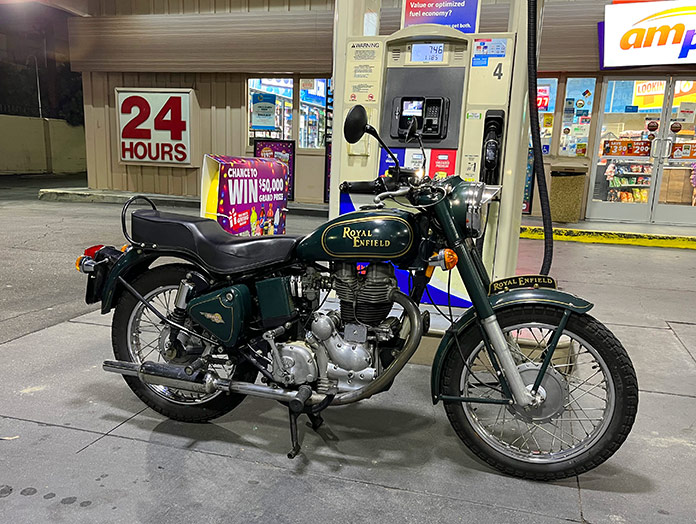
My current solution is to (allegedly) use a very powerful handlebar light for mountain bikes. It’s brighter with a wider spread than the stock headlight and designed for rough terrain, so the heavy engine vibrations aren’t problematic. I’m not sure about the exact legalities, which is why I allegedly do it. And it allegedly works very well. The beam even lights the speedometer on its way to the street. The permanent solution is either a stock headlight or new alternator, and I’m hoping the former is the answer.
Is It Worth It?
Back when my bike was new, Rider tested a 2006 Royal Enfield Bullet 500 ES Electra X, which is an upgraded, premium edition. Things were a little problematic even then, so you can imagine what the years, multiple owners, and almost 20,000 miles can do to a very old Indian design. It amazes me that this Bullet was sold new in 2006, but I also appreciate it. It’s not for everyone – and I’d only recommend it as a second bike – but the overall experience is unlike anything built after the early 1970s. Build quality is questionable, regardless of mileage or abuse, and as mentioned earlier, it’s quirky by even the most charitable standards of today. I also have a 2022 Royal Enfield Continental GT 650, which is basically a 1960s cafe racer without the headaches, and it might as well be from a different manufacturer. Royal Enfield has come a very long way, and the Continental can (kind of) rival a modern Triumph.
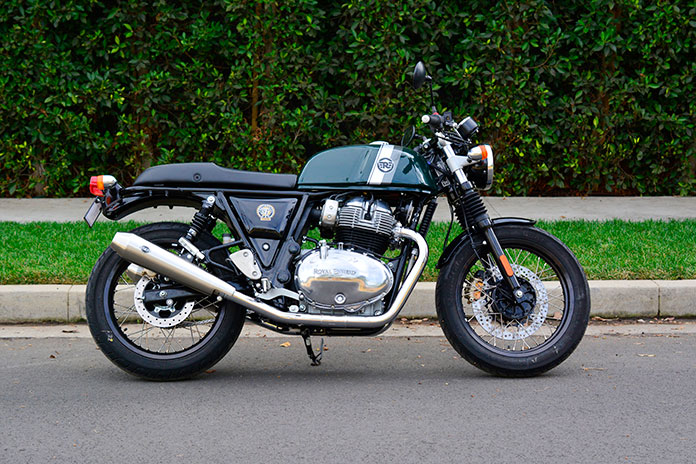
So, is it worth it? Yeah, but only for the right person. This is all about riding a historic model, understanding its shortcomings, and appreciating how far motorcycles have come. It’s a snapshot of the 1950s, not the 21st century, which is an important distinction. Don’t let “2006” fool you. If I didn’t have my other bikes, I’d likely hate the Bullet, but as a niche ride that doesn’t have responsibilities (as in, actually getting me somewhere fast), this iconic piece of British-Indian engineering will always have a home in my garage.
The post Living with an ‘Iron Barrel’ Royal Enfield Bullet 500 first appeared on Rider Magazine.
Source: RiderMagazine.com
